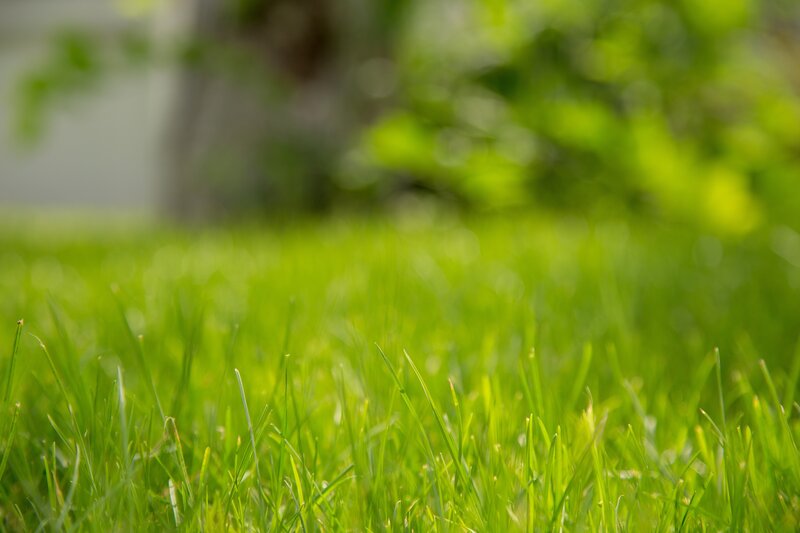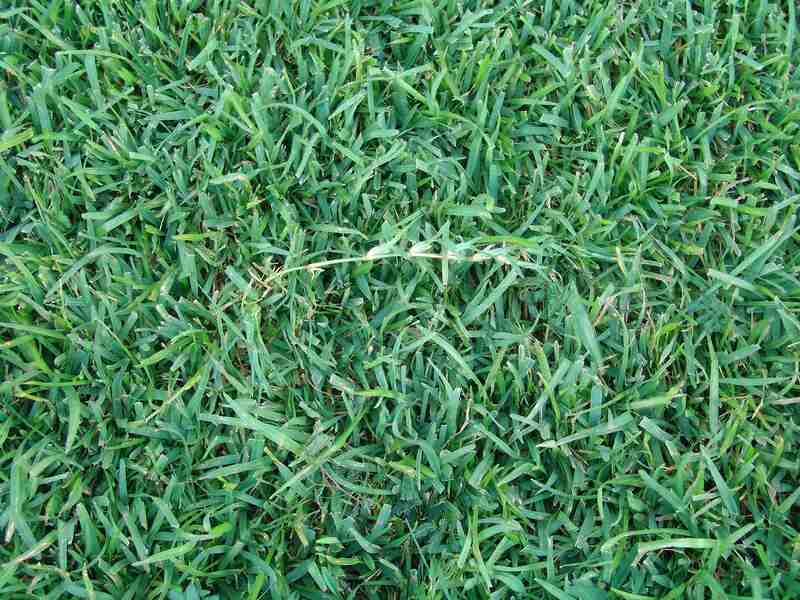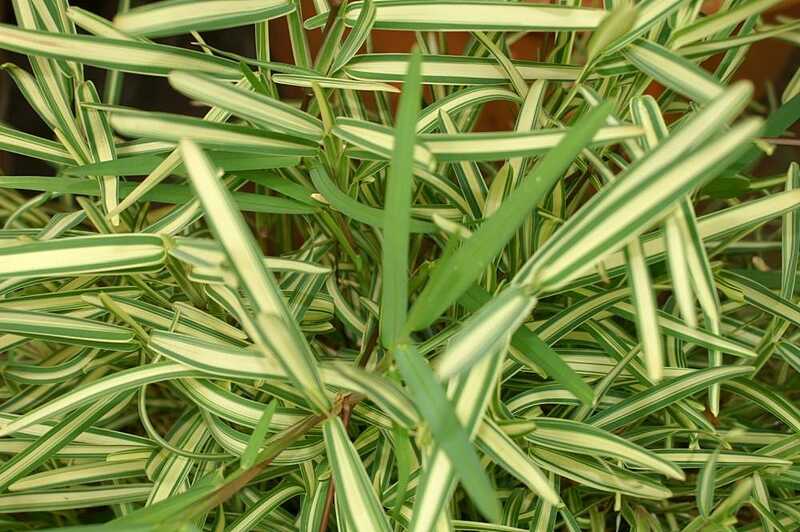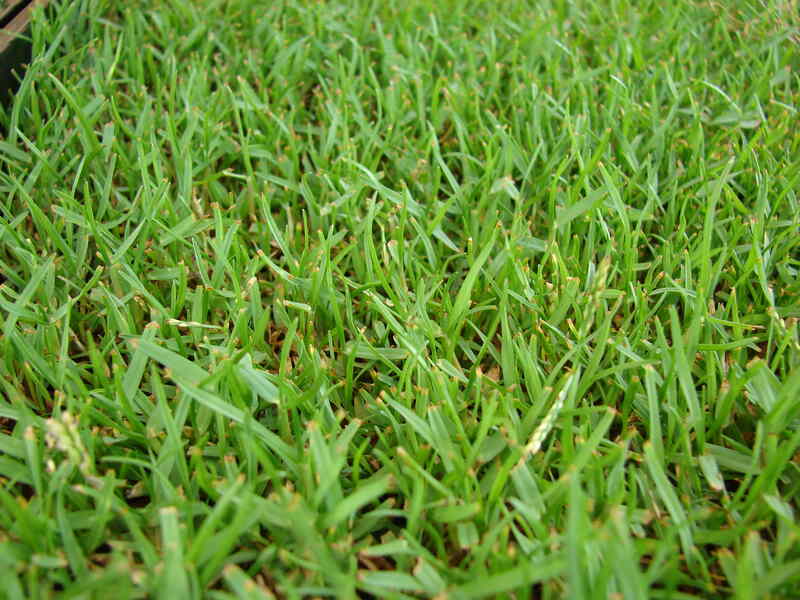4 Best Grass Types for Baton Rouge
BY JUDITH GALLOVA | APRIL 17TH, 2023 | BATON ROUGE, LAWN CARE, LOUISIANABaton Rouge is full of scenic views and charming nature. If you want to make your lawn look just as stunning, it’s important to choose the right grass type that will thrive in this steamy, tropical climate. Let’s see what grass types you can choose from.
In this article:
- 4 Warm-Season Grasses for Baton Rouge
- FAQ About Baton Rouge Grass Types
- Choose the Right Grass and Plants for Your Baton Rouge Landscape
4 Warm-Season Grasses for Baton Rouge
Grass types are generally classified as either warm-season or cool-season. The main differences between the two types of grasses are:
- Warm-season grasses grow most actively in late spring and summer when temperatures are around 75 to 95 degrees Fahrenheit. They perform best in the Southern United States.
- Cool-season grasses grow most actively in early spring and fall when temperatures are around 55 to 75 degrees Fahrenheit. They’re well-suited to Northern climates with distinct seasons and cold winters.
Baton Rouge is a city of short, brisk winters and long, brutally hot summers. It probably won’t surprise you that warm-season grasses are more suitable. Here’s a closer look at the best.
1. Bermudagrass

Photo Credit: Pexels
Bermudagrass is a gray-green, thick, and durable turfgrass thanks to its rough edges and stems. This grass tolerates drought and withstands heavy foot traffic, most soils, and salt. It’s fast-growing and spreads and repairs itself easily.
From the common Bermudagrass that needs little maintenance to the hybrid variety that has a finer texture, Bermudagrass comes in several types. Because Bermudagrass grows so aggressively, it’s always important to contain it to prevent it from overtaking flowerbeds.
Classification: Warm-season
Spreads by: Spreads aggressively using horizontal stems above-ground (stolons) and below-ground (rhizomes)
Drought tolerance: High, but may turn brown and dormant in extended drought
Foot traffic tolerance: High; grows back quickly after suffering damage
Shade tolerance: Low; some varieties are more shade-tolerant than others
Maintenance needs: Moderate; needs mowing once or twice per week and is susceptible to many pest and disease problems
Recommended mowing height: 1-2 inches
2. Centipedegrass

Photo Credit: James Becwar / Wikimedia Commons / CC0 1.0
Centipedegrass is a slow-growing grass with a yellow-green color and medium texture. But just because it grows slowly doesn’t mean it won’t look lush and beautiful; in fact, with the right care, centipedegrass will grow into a thick carpet.
Be sure to avoid using too much fertilizer on centipedegrass because it can damage it. You can break up your fertilization into four applications throughout the year.
Classification: Warm-season
Spreads by: Stolons and rhizomes
Drought tolerance: Moderate to high
Foot traffic tolerance: High
Shade tolerance: Low to moderate
Maintenance needs: Moderate
Recommended mowing height: 1 to 2 inches, depending on conditions
3. St. Augustinegrass

Photo Credit: David J. Stang / Wikimedia Commons / CC BY-SA 4.0
St. Augustinegrass is a fast-growing grass with a green color and coarse texture. This grass can quickly turn your lawn into a lush carpet if you care for it properly, and it will even do well in partial shade.
Something to keep in mind, though, is that this grass won’t withstand drought, a lot of foot traffic, or other stressors. To thrive, St. Augustinegrass needs the right care and maintenance.
Classification: Warm-season
Spreads by: Stolons
Drought tolerance: Low; requires regular watering during dry periods to stay healthy
Foot traffic tolerance: Low
Shade tolerance: Moderate; some cultivars are more shade-tolerant than others
Maintenance needs: High; requires regular irrigation and fertilization to grow healthy
Recommended mowing height: 3.5 to 4 inches for standard cultivars; 2 to 2.5 inches for dwarf cultivars
4. Zoysiagrass

Photo Credit: Forest and Kim Starr / Flickr / CC BY 2.0
Zoysiagrass is a light to medium green, dense, slow-growing turf that’s popular for its appearance and weed control. This versatile, durable grass can also handle various soil types, drought, and a lot of foot traffic.
Because the grass grows and establishes slowly, the best way to create a zoysiagrass lawn quickly is with sod, but it will also be more expensive. Either way, to make sure your zoysiagrass grows well, you need to care for it correctly. That includes fertilization, watering, and so forth. You’ll also find that its thatch builds up quickly, and you’ll need to remove it.
Classification: Warm-season
Spreads by: Stolons and rhizomes
Drought tolerance: Moderate to high, depending on cultivar
Foot traffic tolerance: High; dense growth resists damage, and spreading through stolons and rhizomes allows for quick recovery
Shade tolerance: Moderate (high for a warm-season grass type)
Maintenance needs: Low to moderate
Recommended mowing height: Typically 1.5 to 2.5 inches depending on cultivar and shade; heights below 1 inch need a reel mower (which is recommended anyway)
FAQ About Baton Rouge Grass Types
When it comes to tolerating shade, St. Augustinegrass is the undisputed winner. Zoysiagrass’ shade tolerance comes second.
If you want to keep your lawn maintenance tasks to a minimum, consider centipedegrass. Centipedegrass needs infrequent mowing and little fertilizer, which makes it a suitable low-maintenance option.
Bermudagrass is the best option for busy lawns. Alternatively, zoysiagrass will work, too.
Both bermudagrass and zoysiagrass can handle heavy foot traffic and pet activity, so decide which one of them suits your needs better.
Choose the Right Grass and Plants for Your Baton Rouge Landscape
Before you decide which type of grass is right for you, make sure you consider various factors, such as how busy your lawn gets, how many pets you have, your maintenance preferences, and so forth.
Make sure you’re ready to dethatch, fertilize, and water your lawn as needed to prevent diseases in Baton Rouge’s humid, subtropical climate. The best time to water your Baton Rouge lawn is between 4 and 8. On the upside, there are a variety of things you can do to make your lawn more low-maintenance. You can, for example, consider xeriscaping, adding native plants, and so forth.
Either way, maintaining a lawn takes work and time. If you need help with your lawn care tasks, check out your local lawn care pros to free up some of your time.
Main Image Credit: Manship House (Baton Rouge, Louisiana) / Tjean314 / Wikimedia Commons / CC BY-SA 3.0